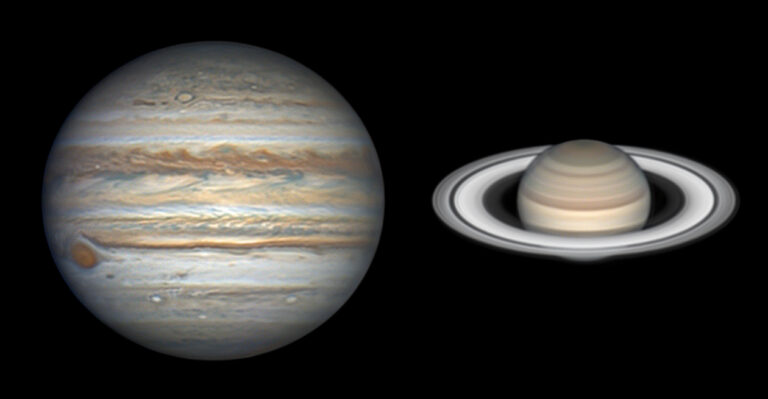木星湍动的云
2020年8月11日 Churning Clouds on Jupiter Image Credit & License: NASA/JPL-Caltech/SwRI/MSSS; Processing: Kevin M. Gill Explanation: Where is Jupiter’s ammonia? Gaseous ammonia was expected to be seen in Jupiter’s upper atmosphere by the orbiting Juno spacecraft — but in many clouds is almost absent. Recent Juno data, however, gives some clues: some high-level clouds appear to be home to an unexpected type of electrical discharge dubbed shallow lightning. Great charge separations are needed for lightning, which might be created by colliding mushballs lifted by rising updrafts of gas. Ammonia and water stick to these mushballs which rise until they get too heavy — after which they fall deep into Jupiter’s atmosphere and melt. By this process, ammonia found missing from Jupiter’s upper atmosphere reappears below. Pictured…










